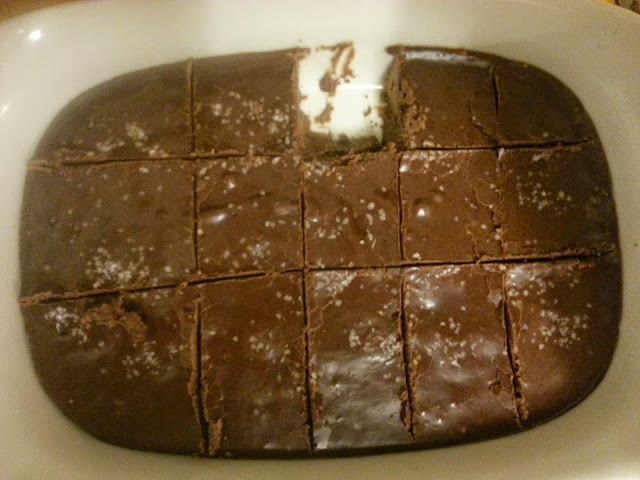I love chemistry so this is one of my favorite lessons for new canners.
Currant jelly, pickle chips, and pickle spears all processed
in a waterbath canner
If you have had any experience canning, you have probably read or heard something about pH or acid levels in relation to safe canning methods. Or, you have at least probably heard that some items are not safe to can in a boiling waterbath. This post breaks down why.
When you preserve something in a waterbath canner, you heat the jars and their contents to the boiling point (that temperature varies depending on your elevation, but at sea level the boiling point is 212 degrees F). That heat is enough to kill the micro-organisms that can cause spoilage, mold, or fermentation, but it’s not enough to kill botulism spores (they require far higher temperatures). The process of boiling the jars also helps to drive the oxygen out of the jars, creating a vacuum seal. For jars that have sufficient acid content, the result is a jar of food that is safely preserved and shelf stable.
If a food is 4.6 pH or lower, it can be safely canned using a waterbath method. It it is 4.7 or above, it is considered too alkaline to waterbath process and must be processed using a pressure canner method.
If a food is very close to the 4.6 pH range, you can often add acid to make it safe. For example, adding vinegar or bottled lemon juice can bring a pH down. Tomatoes are usually right around 4.6 pH, so when I can them in a waterbath, I add bottled lemon juice. NOTE: It is important to use bottled lemon juice rather than juice from fresh lemons because the pH is monitored and guaranteed in manufactured juice, whereas fresh lemons vary in pH. It is the same with lime juice. Vinegar used for canning is usually labeled as either "safe to can" or has at least 5% acidity.
Some foods are naturally acidic, such as peaches, or are made acidic by the recipe, such as pickles. Almost anything pickled is safe to can using a waterbath because of the vinegar brine. Most fruits, jams, and jellies can also be safely canned using a waterbath method.
When in doubt, you can always use a pH meter. Keep in mind you are measuring the contents of the entire jar and not just one ingredient. For example, if you know tomatoes are 4.4 pH, but you add onions, peppers, and spices, then you have raised the pH and you should either balance it with lemon juice or acid, or pressure can to be safe.







